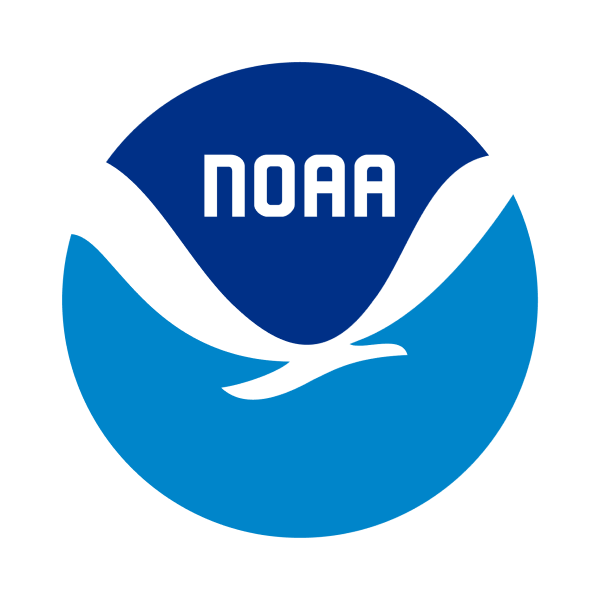This project was funded through the 2020 United States Mexico Canada Agreement (USMCA) Implementation Act (P.L. 116-113), which provided the NOAA Marine Debris Program funding to prevent and reduce marine debris in the North American region. Chapter 24 of the USMCA includes specific environmental goals that highlight the need to take action to prevent and reduce marine debris, including plastic litter and microplastics, in order to preserve human health and marine and coastal ecosystems, prevent the loss of biodiversity, and mitigate the costs and impacts of marine debris. This project was awarded competitively and meets the environment goals of the USMCA by promoting waste infrastructure and capturing marine debris across the Great Lakes region in the United States and Canada.
The Council of the Great Lakes Region prevented and reduced plastic debris by expanding the Great Lakes Plastic Cleanup program and launching a new binational Great Lakes Circular Economy Partnership.
Type of Project: North America Marine Debris Prevention and Removal
Region: Great Lakes
Project Dates: October 2021 - September 2023
Who was involved?
With support from the NOAA Marine Debris Program, the Council of the Great Lakes Region partnered with Pollution Probe, the University of Wisconsin Oshkosh, Buffalo Niagara Waterkeeper, and the Rochester Institute of Technology, along with other organizations participating in the Great Lakes Marine Debris Action Plan, to complete this project.
What was the project and why is it important?
Each year, 80% of the waste from the Great Lakes Region ends up in landfills, including plastic, which can then leak into the environment. In fact, models from the Rochester Institute of Technology estimate that approximately 22 million pounds of plastic could be entering the Great Lakes every year. It’s a huge problem that no one level of government or sector has the ability to address on their own.
To tackle this issue, the Council of the Great Lakes Region Canada (CGLR) established the binational Great Lakes Circular Economy Partnership (GLCEP), an initiative that includes a number of corporate and knowledge partners from government, academia, and the nonprofit sector. Starting with single-use items as a priority focus, such as bottles, food wrappers, utensils, and other consumer debris, CGLR completed a comprehensive study of plastic production, use, disposal, and litter in the Great Lakes Region. Once this initial work was complete, CGLR worked with GLCEP partners to develop a circular economy vision, strategy, and five year action plan, which aimed to identify priorities, projects, partnerships, and investments.
In partnership with Pollution Probe, the University of Wisconsin Oshkosh, the Rochester Institute of Technology, and the Buffalo Niagara Waterkeeper, the Council also expanded the Great Lakes Plastic Cleanup to locations along the Lake Michigan shoreline in Wisconsin and the Lake Ontario and Niagara River shorelines in New York. Originally launched in Canada, the program installed Seabin and LittaTrap technology in marinas and communities to help remove litter from the Great Lakes and other major inland waterways.
What were the results?
Overall, 1,397 pounds of debris were removed using the Seabins and LittaTraps. This impressive amount still reflects the lightweight nature of the many plastic items that were filtered. The Seabins alone filtered 364,081 gallons of water. To better understand the variety of debris collected from the interception devices, project partners completed 138 waste characterization events. The University of Wisconsin Oshkosh recovered and recycled 4,950 feet of monofilament fishing line from their collection bins.
1,029 volunteers removed an additional 6,336 pounds of debris from the environment during community cleanups, of which 528 pounds were recyclable. Overall, 5,813 youth and adults were served through the partners’ informal education and outreach activities. Finally, 40 stakeholders were consulted to develop the Great Lakes Circular Economy Partnership strategy and action plan, which was released at the Council’s Great Lakes Economic Forum in June 2022. The Great Lakes Plastic Cleanup website has received more than 15,500 visitors since the project’s launch and continues to serve as an educational hub for ongoing regional momentum.
For more information about this project, visit the Marine Debris Program Clearinghouse.
 An official website of the United States government.
An official website of the United States government. 
